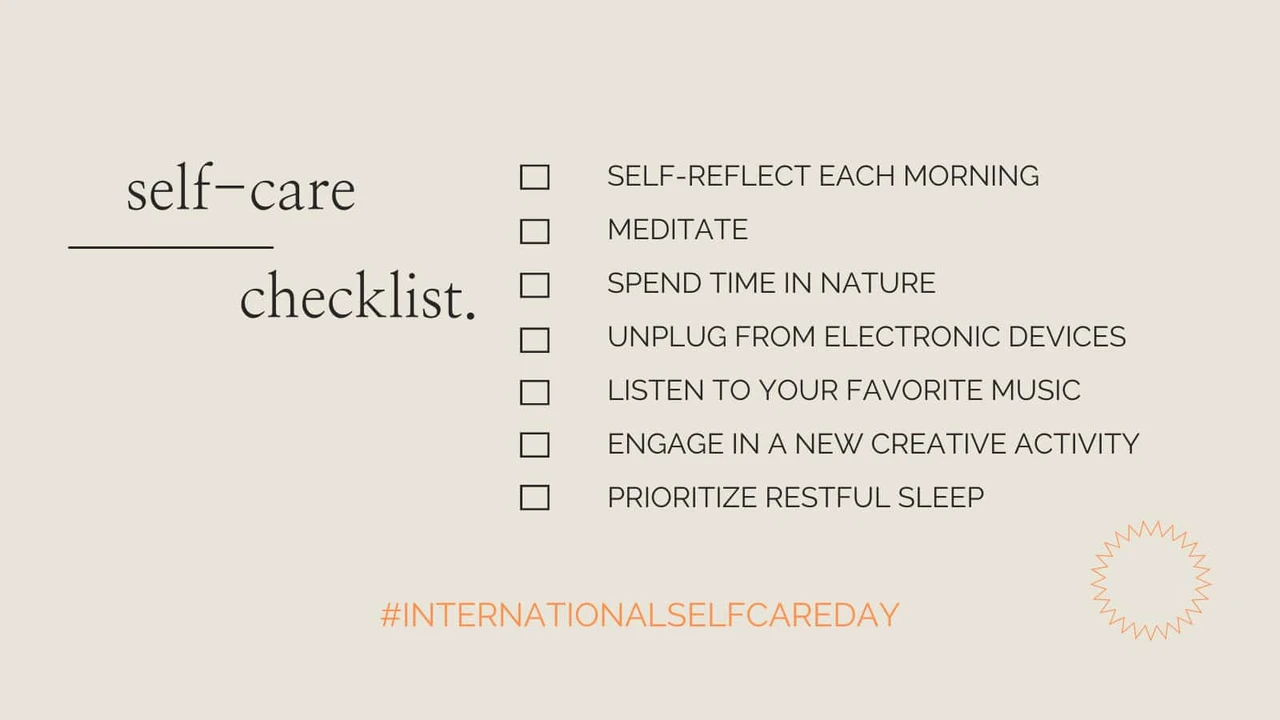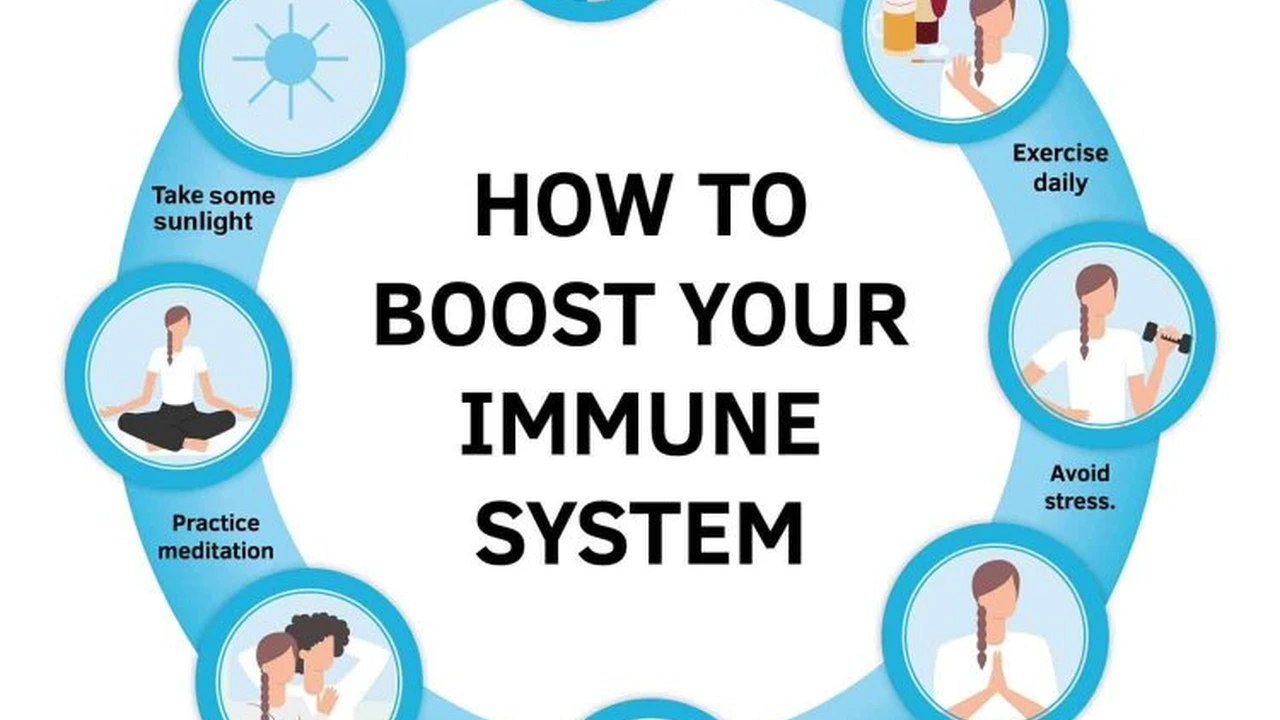The Benefits of Yoga: Improve Flexibility and Reduce Stress
Sample meta description.

Introduction to Yoga: A Holistic Approach to Fitness and Wellbeing
Alright, let's talk yoga! It's not just about pretzel-like poses and chanting "om." It's a fantastic way to improve your flexibility, reduce stress, and boost your overall well-being. Think of it as a holistic approach to fitness, connecting your mind, body, and spirit. If you're looking for a low-impact exercise that offers a ton of benefits, yoga might just be your new best friend.
Flexibility and Yoga: Unlocking Your Body's Potential
One of the most well-known benefits of yoga is its ability to increase flexibility. Holding poses stretches your muscles and connective tissues, making you more limber over time. This isn't just about being able to touch your toes (although that's a nice perk!). Increased flexibility can improve your posture, reduce your risk of injury, and make everyday activities easier.
Think about it: reaching for something on a high shelf, bending down to pick up a package, or even just sitting at your desk for hours. All of these activities can be strained if your body lack flexibility. Yoga helps combat this by lengthening and loosening those tight muscles. Different styles of yoga, like Hatha or Yin yoga, focus specifically on holding poses for longer periods to deepen stretches.
Stress Reduction Through Yoga: Finding Your Inner Peace
In today's fast-paced world, stress is practically unavoidable. But yoga offers a powerful antidote. The combination of physical postures, controlled breathing (pranayama), and meditation helps calm the nervous system and reduce cortisol levels (the stress hormone). When you focus on your breath and movement, you're essentially giving your mind a break from the constant chatter and worries.
Yoga also encourages mindfulness, which is the practice of being present in the moment. By paying attention to your body and breath, you can learn to observe your thoughts and emotions without judgment. This can help you develop a greater sense of self-awareness and resilience in the face of stress. Styles like Restorative yoga are particularly effective for stress reduction, as they involve holding passive poses with the support of props, allowing your body to completely relax.
Beyond Flexibility and Stress: Other Amazing Yoga Benefits
Okay, so we've covered flexibility and stress reduction. But the benefits of yoga don't stop there! Here are a few more reasons to roll out your mat:
* **Improved Strength:** Many yoga poses, like plank and chaturanga, build strength in your arms, core, and legs. * **Better Balance:** Yoga requires you to maintain stability in various poses, which improves your balance and coordination. * **Increased Energy:** Yoga can boost your energy levels by improving circulation and reducing fatigue. * **Pain Relief:** Yoga can help alleviate chronic pain conditions like back pain, neck pain, and arthritis. * **Improved Sleep:** Yoga can promote relaxation and improve sleep quality. * **Cardiovascular Health:** While not all yoga styles are cardio-intensive, some, like Vinyasa or Power yoga, can elevate your heart rate and improve cardiovascular health. * **Mental Clarity:** Yoga can improve focus and concentration by calming the mind and reducing distractions. * **Mind-Body Connection:** Yoga fosters a deeper connection between your mind and body, helping you become more aware of your physical and emotional state.Yoga Styles: Finding the Right Fit for You
The world of yoga is vast and varied. There's a style for everyone, whether you're a beginner or an experienced practitioner. Here's a quick overview of some popular styles:
* **Hatha Yoga:** A general term for basic yoga, often slower-paced and beginner-friendly. * **Vinyasa Yoga:** A more dynamic style that links breath to movement in a flowing sequence. * **Ashtanga Yoga:** A rigorous and structured style with a set sequence of poses. * **Bikram Yoga:** Performed in a heated room (around 105 degrees Fahrenheit) and consists of a series of 26 poses. * **Yin Yoga:** A passive style that involves holding poses for longer periods to target deep connective tissues. * **Restorative Yoga:** A gentle and relaxing style that uses props to support the body in passive poses. * **Power Yoga:** A more athletic style that focuses on building strength and endurance. * **Iyengar Yoga:** Emphasizes precise alignment and uses props to support and deepen poses.Essential Yoga Gear: What You Need to Get Started
You don't need a lot of fancy equipment to start practicing yoga. But there are a few essentials that can enhance your experience:
* **Yoga Mat:** A sticky mat is essential for providing a non-slip surface. * **Yoga Blocks:** Blocks can help you modify poses and make them more accessible, especially if you're not very flexible. * **Yoga Strap:** A strap can help you reach your feet in poses like forward folds or bind your hands behind your back. * **Yoga Bolster:** A bolster is a long, cylindrical pillow that provides support and comfort in restorative poses. * **Comfortable Clothing:** Choose clothing that allows you to move freely and breathe easily. * **Water Bottle:** Stay hydrated during your practice. * **Towel:** A towel can be helpful for wiping away sweat, especially in heated yoga classes.Product Recommendations: Enhancing Your Yoga Practice
Ready to upgrade your yoga setup? Here are a few specific product recommendations with usage scenarios, comparisons, and price points:
Yoga Mat Recommendations
* **Manduka PRO Yoga Mat:** (Price: $120-$150) This is a high-quality, durable mat that's known for its excellent grip and cushioning. **Usage Scenario:** Ideal for all types of yoga, especially Vinyasa and Power yoga where you need a non-slip surface. **Comparison:** More expensive than other mats, but worth the investment if you practice frequently and want a mat that will last. Cheaper alternatives include Gaiam Essentials Thick Yoga Mat (Price: $20-$30), which is a good option for beginners on a budget, but may not be as durable or grippy. * **Jade Harmony Yoga Mat:** (Price: $80-$100) Made from natural rubber, this mat is eco-friendly and offers excellent grip. **Usage Scenario:** A great choice for those who prioritize sustainability and want a mat with a natural feel. **Comparison:** The Jade Harmony mat is more eco-friendly than synthetic mats, but may have a slight rubbery smell initially. The Manduka PRO mat is more durable and offers more cushioning. * **Liforme Yoga Mat:** (Price: $140-$180) This mat features alignment markings to help you perfect your poses. **Usage Scenario:** Perfect for beginners or anyone who wants to improve their alignment. **Comparison:** The Liforme mat is more expensive than other mats, but the alignment markings can be extremely helpful. The Manduka PRO mat is more durable and offers better cushioning.Yoga Block Recommendations
* **Gaiam Yoga Block:** (Price: $10-$15) A standard foam yoga block that's lightweight and affordable. **Usage Scenario:** Use to modify poses, support your hands, or deepen stretches. **Comparison:** A good basic block for beginners. Cork blocks (Price: $15-$25) are more durable and provide a more stable base, but are also heavier. * **Cork Yoga Block:** (Price: $15-$25) Made from sustainable cork, these blocks are more durable and provide a more stable base. **Usage Scenario:** Use for added support and stability in standing and seated poses. **Comparison:** Cork blocks are more expensive than foam blocks, but they are more durable and eco-friendly.Yoga Strap Recommendations
* **Hugger Mugger Yoga Strap:** (Price: $10-$15) A durable cotton strap with a metal D-ring buckle. **Usage Scenario:** Use to extend your reach in poses like forward folds or bind your hands behind your back. **Comparison:** A standard yoga strap that's affordable and reliable.Yoga Poses for Beginners: Getting Started on Your Journey
If you're new to yoga, start with these beginner-friendly poses:
* **Mountain Pose (Tadasana):** A foundational pose that establishes proper alignment. * **Downward-Facing Dog (Adho Mukha Svanasana):** A classic pose that stretches the entire body. * **Child's Pose (Balasana):** A restorative pose that calms the mind and relieves stress. * **Warrior I, II, and III (Virabhadrasana I, II, and III):** Strengthening poses that build stamina and balance. * **Triangle Pose (Trikonasana):** A stretching pose that improves flexibility in the legs and spine. * **Tree Pose (Vrksasana):** A balancing pose that improves focus and concentration. * **Corpse Pose (Savasana):** A final relaxation pose that allows the body to fully integrate the benefits of the practice.Finding a Yoga Class: In-Person or Online
There are many ways to learn yoga. You can take in-person classes at a yoga studio, gym, or community center. Or, you can practice at home with online classes or videos. Both options have their pros and cons:
* **In-Person Classes:** Offer personalized instruction, a sense of community, and motivation from being in a group setting. However, they can be more expensive and require you to travel to a specific location. * **Online Classes:** Are more convenient and affordable, allowing you to practice at your own pace and on your own schedule. However, you may not receive as much personalized feedback and may need to be more self-motivated.Safety Tips for Yoga Practice: Listen to Your Body
Yoga is generally a safe practice, but it's important to listen to your body and avoid pushing yourself too hard. Here are a few safety tips:
* **Consult your doctor:** If you have any underlying health conditions, talk to your doctor before starting yoga. * **Start slowly:** Begin with beginner-level classes and gradually progress to more challenging styles. * **Listen to your body:** Pay attention to your body's signals and stop if you feel any pain. * **Modify poses:** Use props to modify poses and make them more accessible. * **Breathe deeply:** Focus on your breath and breathe deeply throughout your practice. * **Stay hydrated:** Drink plenty of water before, during, and after your practice. * **Practice in a safe environment:** Make sure your practice space is free of obstacles and distractions.Integrating Yoga into Your Daily Life: Beyond the Mat
The benefits of yoga extend far beyond the mat. You can incorporate yoga principles into your daily life by practicing mindfulness, breathing exercises, and gentle stretches throughout the day. Take a few moments to stretch at your desk, practice deep breathing during stressful situations, or simply be more aware of your posture and alignment.
Frequently Asked Questions about Yoga
Let's answer some common questions people have about yoga:
* **Is yoga a good workout?** Yes, yoga can be a great workout, depending on the style. Vinyasa and Power yoga can be quite challenging and build strength and endurance. * **Do I need to be flexible to do yoga?** No, you don't need to be flexible to start yoga. Yoga will help you improve your flexibility over time. * **What should I wear to yoga?** Wear comfortable clothing that allows you to move freely. * **Can I do yoga if I'm pregnant?** Yes, but it's important to modify poses and avoid certain positions. Consult with your doctor and a qualified yoga instructor who specializes in prenatal yoga. * **How often should I practice yoga?** Aim for at least 2-3 times per week to experience the benefits.The Long-Term Benefits of a Consistent Yoga Practice
Committing to a regular yoga practice can have profound and lasting effects on your physical, mental, and emotional well-being. You'll not only become more flexible and stronger, but you'll also develop a greater sense of self-awareness, resilience, and inner peace. Embrace the journey, be patient with yourself, and enjoy the many rewards that yoga has to offer.
:max_bytes(150000):strip_icc()/277019-baked-pork-chops-with-cream-of-mushroom-soup-DDMFS-beauty-4x3-BG-7505-5762b731cf30447d9cbbbbbf387beafa.jpg)






